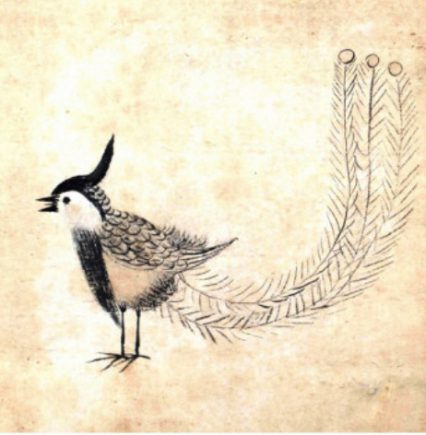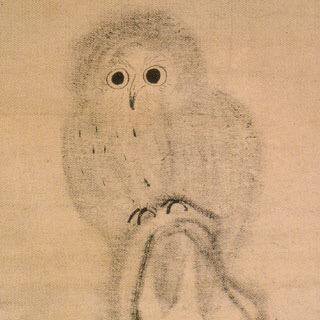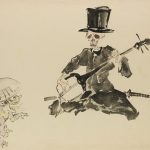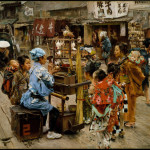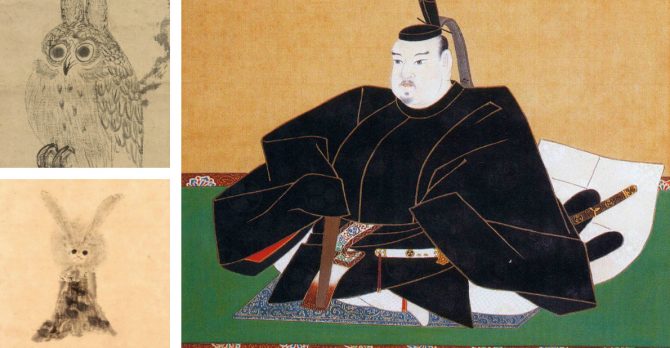
Tokugawa Iemitsu was the 3rd Shogun of the Tokugawa dynasty. As grandson of Tokugawa Ieyasu, he ruled Japan from 1623 – 1651 and was known as a ruthless commander who crucified Christians, forced his younger brother to commit suicide, expelled Europeans and closed off Japan from the rest of the world in what became known as sakoku, which lasted for 200 years. As an artist though, his suibokuga, or ink paintings, show him in different, perhaps meeker, light.
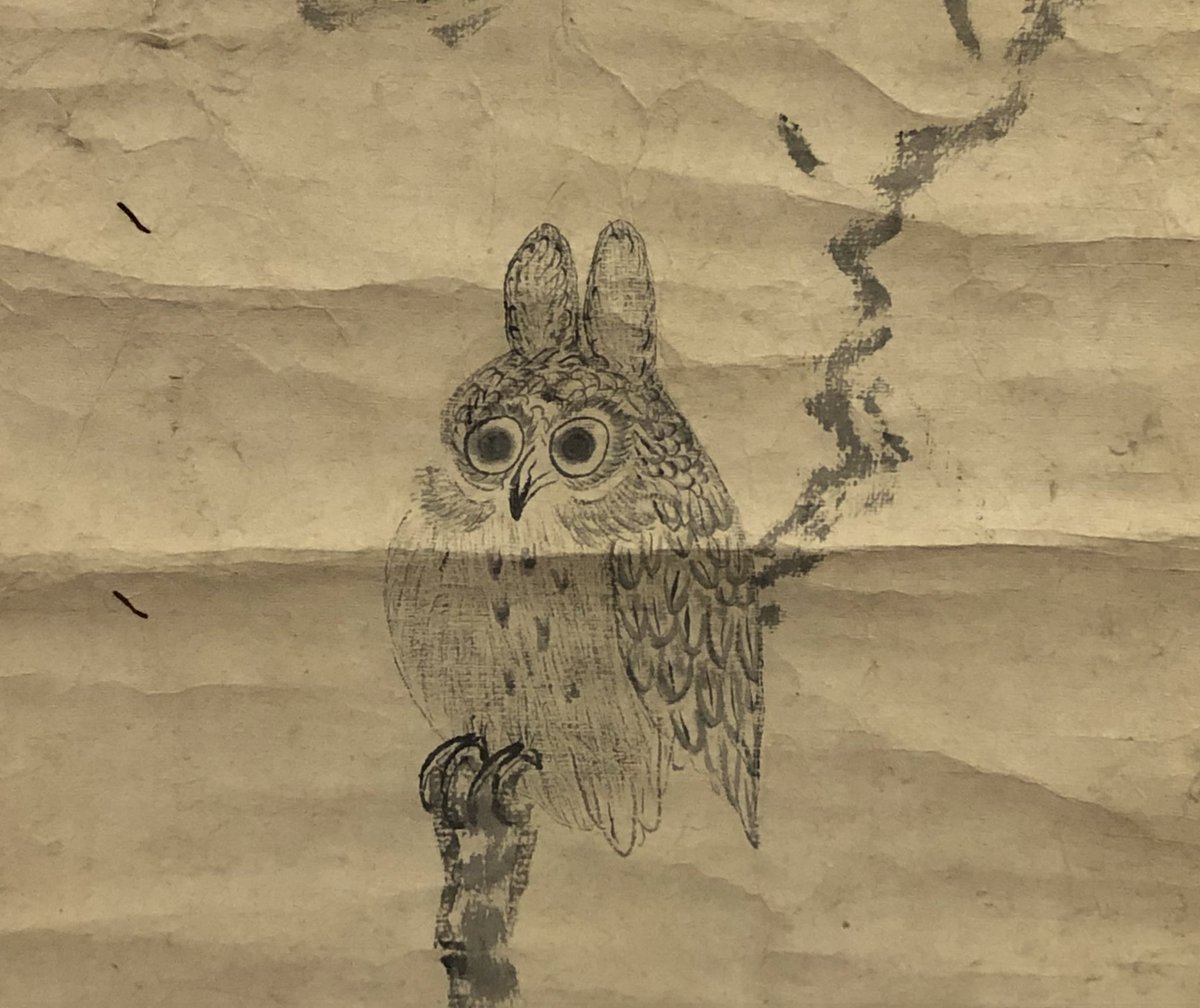
Accordingly, Iemitsu enjoy painting as a hobby during his rule. And he had occasionally been known to gift his work to his subordinates. Because they were created by the shogun, the works were revered and closely guarded. Less than 10 paintings have been discovered.
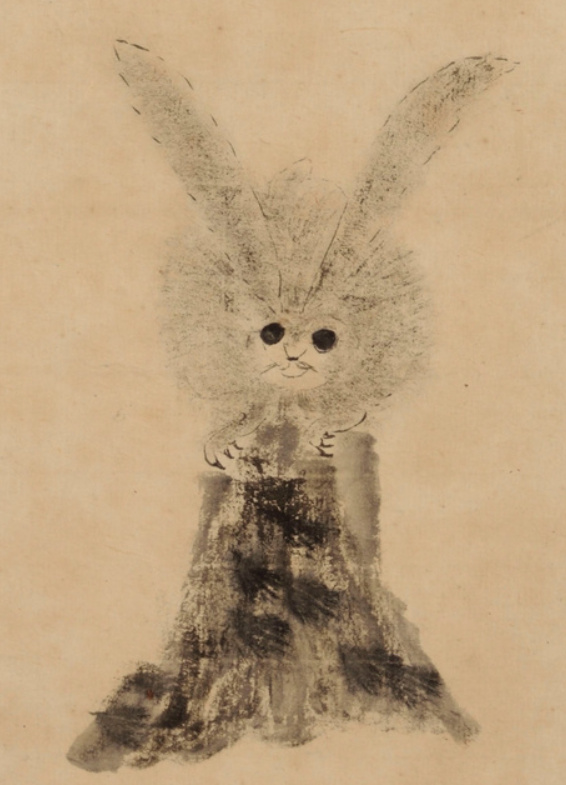
But when it comes to the question of craftsmanship, I’ll turn the analysis over to the curators at Fuchu Art Museum, which will be exhibiting the paintings this Spring. “When valued on a scale of good and bad, we can’t say that they’re good.” But they go on to explain ( I’m paraphrasing here) that Iemitsu appears to have intentionally ignored the set norms of ukiyoe that had been established during those times and created unique, differentiated works. They appear cute, weak and with expressions of innocence, which contrast starkly with the actions and persona of the leader.
Tokugawa Iemitsu’s ink paintings will be part of an exhibition at Fuchu Art Museum in Tokyo called Perverse Japanese Art: From Zen Painting to Heta-uma. It will be on display from March 16 – May 12, 2019.

